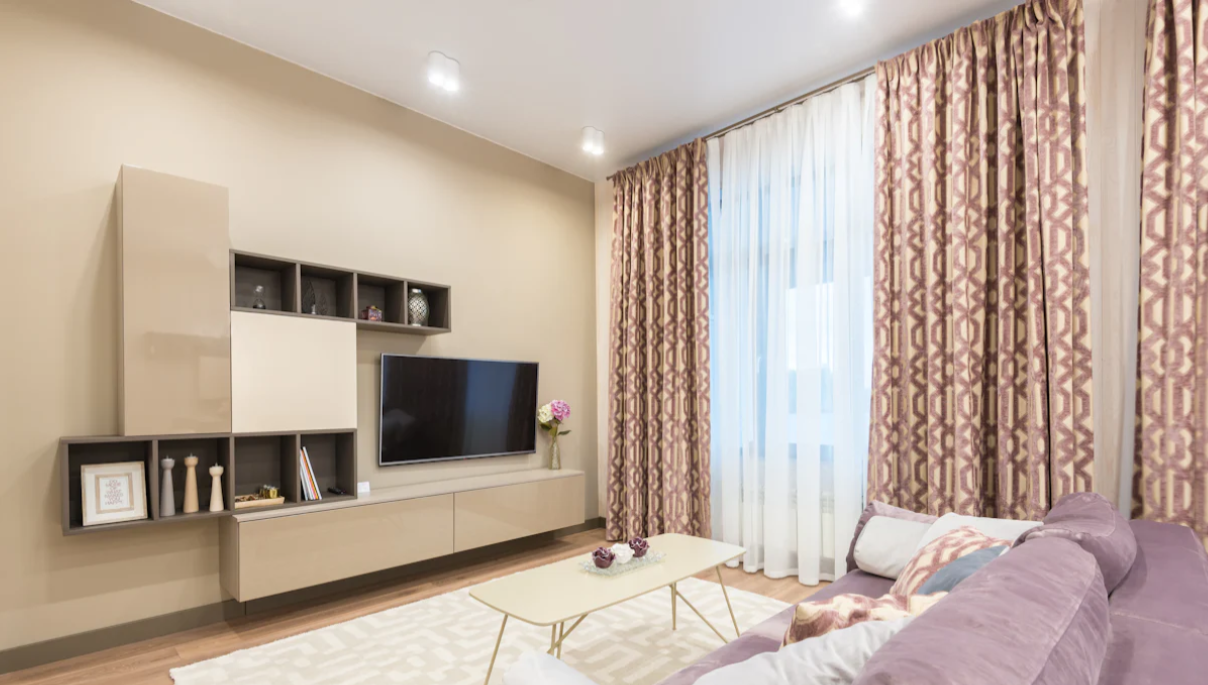Introduction
A wall-mounted TV can transform your living space—but only if it’s installed safely. Every year, thousands of accidents occur due to poorly mounted TVs, from tipped screens damaging furniture to serious injuries caused by falling hardware. Whether you’re a DIY enthusiast or a first-time installer, understanding safety protocols and quality standards is non-negotiable.
In this guide, we’ll walk you through critical installation steps, quality checks, and expert tips to ensure your TV mount is secure, durable, and hazard-free.
1. Why TV Mount Safety Matters: Risks of Poor Installation
A TV mount’s failure isn’t just inconvenient; it’s dangerous. Common risks include:
-
Tipping hazards: TVs that aren’t properly anchored can fall, especially in homes with children or pets.
-
Wall damage: Incorrectly drilled holes or overloaded mounts can crack drywall or weaken studs.
-
Electrical fires: Poor cable management near power sources increases fire risks.
According to the Consumer Product Safety Commission, over 20,000 TV tip-over injuries are reported annually in the U.S. alone.
Key Takeaway: Never compromise on safety. A secure mount protects both your TV and your household.
2. Step-by-Step Guide to Secure TV Mount Installation
Pre-Installation Checks
-
Confirm weight capacity: Ensure the mount’s max weight exceeds your TV’s (check the manual).
-
Identify wall type: Use stud finders for drywall, anchors for masonry, or consult a professional for unconventional surfaces.
-
Gather tools: Level, drill, screws, stud finder, and safety goggles.
Installation Steps
-
Locate studs: Mounting directly into wall studs provides maximum stability.
-
Mark drill points: Use a level to ensure perfect alignment.
-
Attach the bracket: Secure with manufacturer-recommended screws.
-
Mount the TV: Enlist a helper to hold the screen while attaching it to the bracket.
-
Test stability: Gently shake the TV to confirm no movement.
Pro Tip: Watch for “VESA compatibility”—the mount and TV must share the same screw pattern.
3. Essential Quality Checks for TV Mounts
Not all mounts are created equal. Before purchasing, verify:
-
Certifications: Look for UL, ETL, or TÜV certifications, which indicate rigorous safety testing.
-
Material durability: Steel or heavy-gauge aluminum mounts outperform plastic models.
-
Warranty: Reputable brands offer at least a 5-year warranty.
-
Customer reviews: Check for recurring complaints about bending, loosening, or rust.
“I almost bought a cheap mount, but reviews mentioned rust stains on walls. Glad I upgraded!” – A cautious homeowner.
4. Choosing the Right Mount for Your TV and Wall Type
| Wall Type | Recommended Mount | Key Feature |
|---|---|---|
| Drywall/Studs | Full-motion or fixed mount | Heavy-duty steel construction |
| Concrete/Brick | Masonry anchors + tilt mount | Anti-corrosion coating |
| Plaster | Hollow-wall toggle bolts | Weight-distribution plates |
| Thin Partition Walls | Ultra-light fixed mount | Low-profile design |
Note: When in doubt, consult a professional installer.
5. When to Hire a Professional Installer
While DIY saves money, some scenarios demand expertise:
-
Large or heavy TVs (65+ inches or over 80 lbs).
-
Complex installations (over fireplaces, angled walls, or ceilings).
-
Historic homes with delicate plaster or irregular studs.
*“I hired a pro to mount my 85-inch TV above the fireplace. No regrets—it’s rock-solid.”*
6. The Future of Safe TV Mounts: Innovations to Watch
-
Smart sensors: Alerts for loose screws or shifting weight.
-
Auto-leveling brackets: Ensures perfect alignment every time.
-
Eco-friendly materials: Rust-proof, recycled steel mounts.
Conclusion: Safety First, Style Second
A wall-mounted TV should enhance your space—not endanger it. By prioritizing certified hardware, meticulous installation, and routine checks, you can enjoy a stunning setup with peace of mind.
Ready to secure your TV? Explore our safety-certified TV mounts designed for durability and ease of installation.
Post time: May-06-2025


